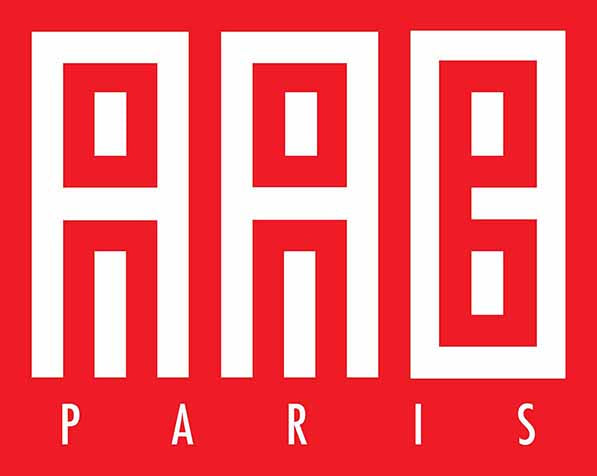By Vico Lee / STAFF REPORTER | Credit: TAIPEI TIMES
Looking back on the exhibition Hopeful, Critical and Spiteful -- Taiwan Political Art Exhibition with 44 works by 14 artists dealing with political issues in Taiwan over the past 30 years.
----
Television news corporations going after political figures seldom have to venture into galleries of contemporary art. Last Saturday, however, they gathered at Jeff Hsu's Art to listen to former DPP legislator Shi Ming-teh (施明德) reaffirming his resolution to run for mayor of Kaohsiung and his criticism of the Legislative Yuan. The setting for the coverage was the first group exhibition of contemporary political art in Taiwan.
Hopeful, Critical and Spiteful -- Taiwan Political Art Exhibition (期許、批判與宣洩台灣政治藝術聯展), currently on show at Jeff Hsu's Art (觀想藝術), showcases 44 works by 14 artists dealing with political issues in Taiwan over the past 20 years. Not created to serve any particular political cause, they are creative expressions of the shifting political milieus throughout Taiwan's recent history.
The earliest historical event to figure in the exhibit is the 228 Incident of 1947.

Yang Mao-lin's Made in Taiwan-Slogan Section VI.
PHOTO COURTESY OF JEFF HSU'S ART
Eagerly anticipating the arrival of the KMT administration from their "motherland" after Japanese rule ended in 1945, the Taiwanese were deeply disappointed by the regime's arrogance and corruption. Triggered by a brutal police crackdown on a woman caught peddling bootleg cigarettes in Taipei, pent-up anger boiled over in 1947 into a full-scale battle between civilians and the KMT government which lasted two weeks.
Chen Shih-chiang's (陳世強) Taiwan History Triptych (台灣風雲三連作) uses comic-book techniques in his collage to blend the history of this bloody clash with present-day police-civilian confrontations. Some apocalyptic depictions of urban Taipei are especially alarming.
In photojournalist Ho Ching-tai's (

Su Wang-shen's Election.
PHOTO COURTESY OF JEFF HSU'S ART
In 1990, Ho spent one year interviewing and photographing victims of White Terror. The four portraits selected from the resulting album are shown along with the subjects' stories of their imprisonment and how they look back on it. The stories are fraught with not a little tragic irony. A black piece of cloth appears in various ways in each of the portraits to help tie the photos together and create dramatic tension.
Before the lifting of martial law in 1987, the absolute authority of everything symbolic of the nation and its political leaders could not be questioned, even in works of art. Dean E Mei's (
As a number of political parties burgeoned in the post-martial law 1990s, so did the number of works of art meant to discuss the phenomenon.

A photo from Ho Ching-tai's White Terror File series.
PHOTO COURTESY OF JEFF HSU'S ART
The Battle of the Dragon, Tiger, Lion and Leopard (夜炎舞龍、虎、獅、豹鬥) video documents Lee Ming-shen's (李銘盛) 1998 performance. In the video, shot in front of the Taiwan Fine Arts Museum in Taichung, Lee directs four excavators painted blue, green, yellow and white respectively to symbolize different political parties to fight each other. A group of chickens in their midst get fidgety as the fight heats up. The outcome of the fight -- which we'll not reveal here -- shows the ludicrous nature of election battles.
Elections are also the subject of Su Wang-shen's (
While these artists observe and criticize politics on the side, Chang Chen-yu (

Dean E Mei's Pickpocket.
PHOTO COURTESY OF JEFF HSU'S ART
Chang Evergreen's Who Did It? (是誰做了它?) is a record of his picketing in front of the CKS Memorial Hall in 1990 in support of the re-election of the then national assembly. One year later, Chang ran for a seat in the national assembly on an artistic platform spelled out in the Election Posters (選舉藝術) series. Under headlines such as "Spiritual President Manifesto," Chang challenges the low priority of art and culture on Taiwanese politician's agenda.
The lifting of martial law after 40 years of censorship prompted many artists to apply their new-found freedom to dealing with political issues in their works. As this freedom risks being taken for granted, it's quite possible that the period this exhibition covers will someday be seen as the "golden age" of political art in Taiwan.
Publication Notes
What: Hopeful, Critical and Spiteful -- Taiwan Political Art Exhibition (期許、批判與宣洩台灣政治藝術聯展) Where: Jeff Hsu's Art, B1, 1, Lane 200, Sungte Rd, Taipei (臺北市松德路200巷1號B1) When: Until July 14







